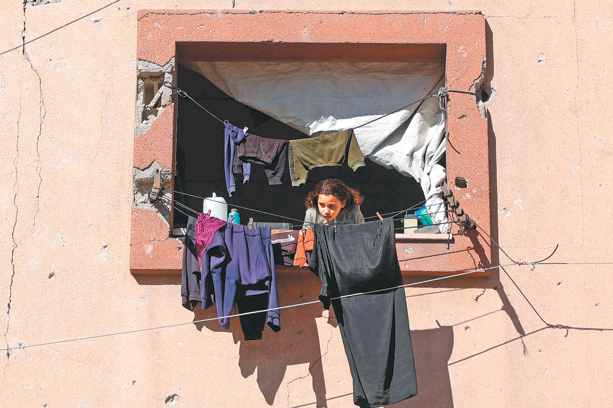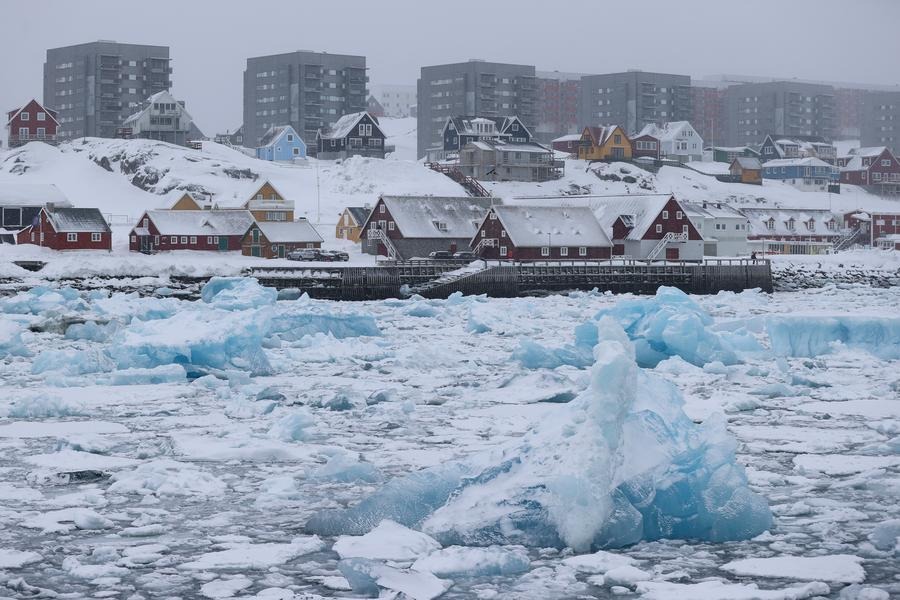Calls grow for developed countries to provide more green finance


Lacking resources
Developing countries, especially the least developed and small-island states, are among the most vulnerable to natural disasters. Due to the coastal location of small-island states, they are more prone to natural disasters. Eighty percent of the 1,200 islands that constitute the Maldives are less than 1 meter above sea level and face the threat of disappearing under the rising sea.
Such countries lack the financial resources to defend themselves against extreme weather events, which usually cost billions of dollars.
It was in this context that countries developed the UN Framework Convention on Climate Change in 1992, which included the principle of "common but differentiated responsibilities and respective capabilities". It acknowledges the different capabilities and responsibilities of countries in tackling climate change.
It was also in line with this principle that developed countries committed to a collective goal of spending $100 billion a year by 2020 to help their less developed counterparts mitigate and adapt to the impacts of climate change.
Climate finance provided by developed countries rose to $79.6 billion in 2019, 2 percent more than in 2018, the Organization for Economic Cooperation and Development said, the kind of figures that have disheartened many environmental experts.
'Limited progress'
"The limited progress in overall climate finance volumes between 2018 and 2019 is disappointing, particularly ahead of COP 26," the OECD Secretary-General, Mathias Cormann, said on Sept 17. "While appropriately verified data for 2020 will not be available until early next year, it is clear that climate finance will remain well short of its target. More needs to be done."
In fact, even $100 billion is far from enough for developing countries to transform their energy systems and achieve net-zero emissions. The UN Environment Programme estimates that developing countries would need between $140 billion and $300 billion by 2030 to cope with climate change.
During the UN General Debate in September, US President Joe Biden pledged to work with Congress to double the climate finance from Obama-era levels to $5.7 billion. However, observers said the new commitment does not reflect a fair share of the US' gross national income and cumulative finance. It should provide between $43 billion and $50 billion each year in climate finance, according to analysis by the Overseas Development Institute, a think tank in London.
Furthermore, many developed countries have chosen to provide finance in the form of loans rather than grants. With interest to be paid, this adds to the financial strains on developing countries, already reeling from financial losses because of climate change.
Countries also tend to provide finance for mitigation measures, which help developing countries mitigate the impact of climate, instead of adaptation measures, which help countries switch to green economies, thus adapting to the effects of extreme weather.
Adaptation projects are usually costly and do not generate a tangible financial return. About 70 percent of funding between 2013 and 2018 supported mitigation efforts, and only 21 percent was used for adaptation, which is the most pressing need for developing countries, the Council on Foreign Relations in New York said.
"#COP26 must be a moment of solidarity," the UN Secretary-General Antonio Guterres said in a recent tweet. "The $100 billion a year climate finance commitment in support of developing countries must become a $100 billion climate finance reality. #OnlyTogether can we avoid a climate catastrophe."

































